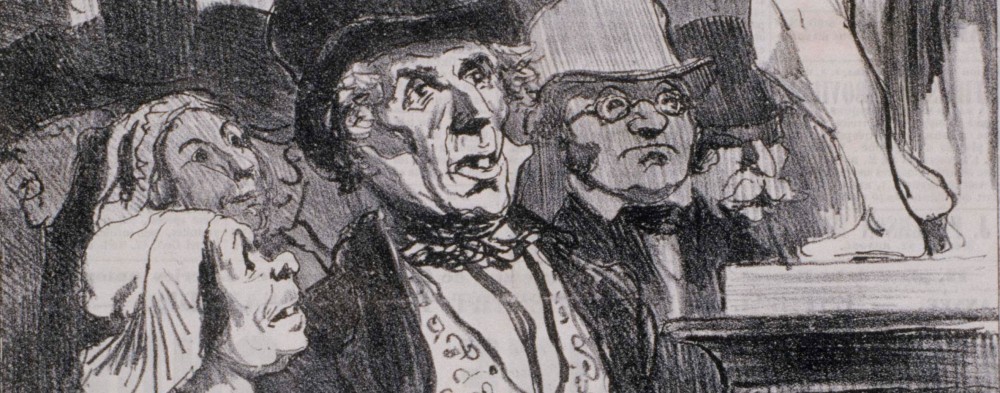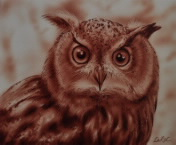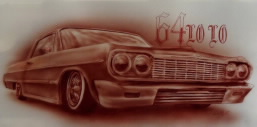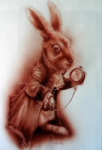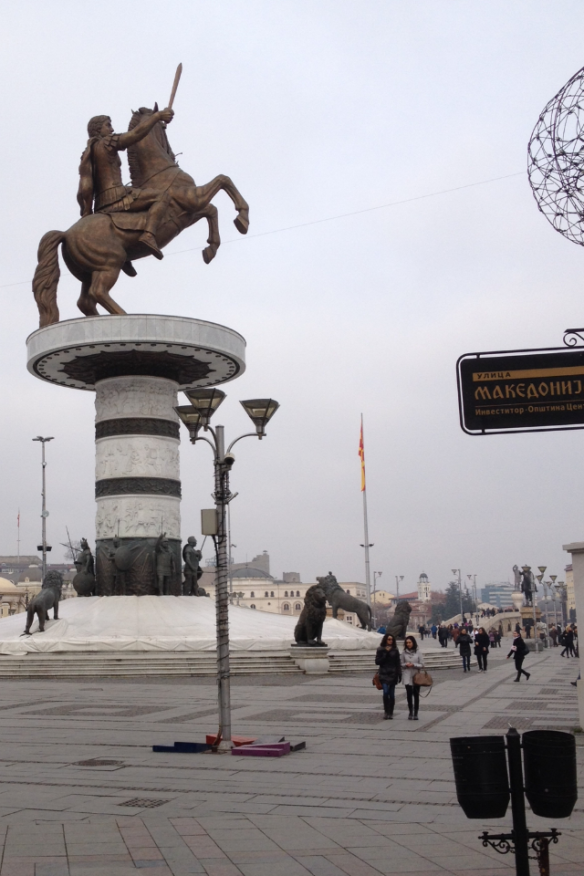Denmark is home to amazing works of art, old and modern architecture, museums, and castles. But one of the coolest old sculptures and one of the biggest tourist attractions is the little mermaid. It sits on a rock at Langelinie in the harbor of Copenhagen, Denmark.
The sculpture was inspired by Hans Christian Andersen’s fairly tale, the Little Mermaid,where she gives up everything to be united with a young, handsome prince on land. Andersen is a famous Danish author who’s fairy tales have gained a lot of popularity worldwide. The sculpture was commissioned by Danish brewer Carl Jacobsen who fell in love with the character after watching a ballet performance based on the fairy tale at the Royal Danish Theatre in Copenhagen in 1909. He was so captivated by both the fairy tale and the ballet that he decided to commission a sculptor to create a figure of the mermaid. When ballerina Ellen price, who played the lead role in the ballet performance in 1909 refused to model nude for sculptor Edvard Eriksen, his wife, Eline Eriksen, ended up getting the part to model for it. The sculpture is made out of Bronze and is 1.25 meters (4.1 ft) tall and weighs 175 Kg (385 lbs.). I think the sculpture is very beautiful and it ties many parts of Denmark together, the famous Danish author, the famous beer brewer, and of course the fairytale. I passed by the sculpture while i was on a river boat tour a few years back and was amazed at how small the figure looked in real life, especially because it is constantly bombarded by locals and tourist. The sculpture has been victim of vandalism many times before and she’s even has her head and arm stolen multiple times. There are several copies of the sculpture around the world including 6 in the United States and one in China, Romania, and Brazil.The original sculpture was Unveiled on August 23 1913 and was a gift from Jacobsen to the city of Copenhagen.
Nadia Zogbi
Questions:
Have you ever seen or come across any danish art or architecture?
Do you think you would stop by and see the sculpture if you were visiting Copenhagen?
Why do you think the sculpture gets vandalized as much as it does?
Links used:
http://www.visitcopenhagen.com/copenhagen/the-little-mermaid-gdk586951
https://en.wikipedia.org/wiki/The_Little_Mermaid_(statue)
